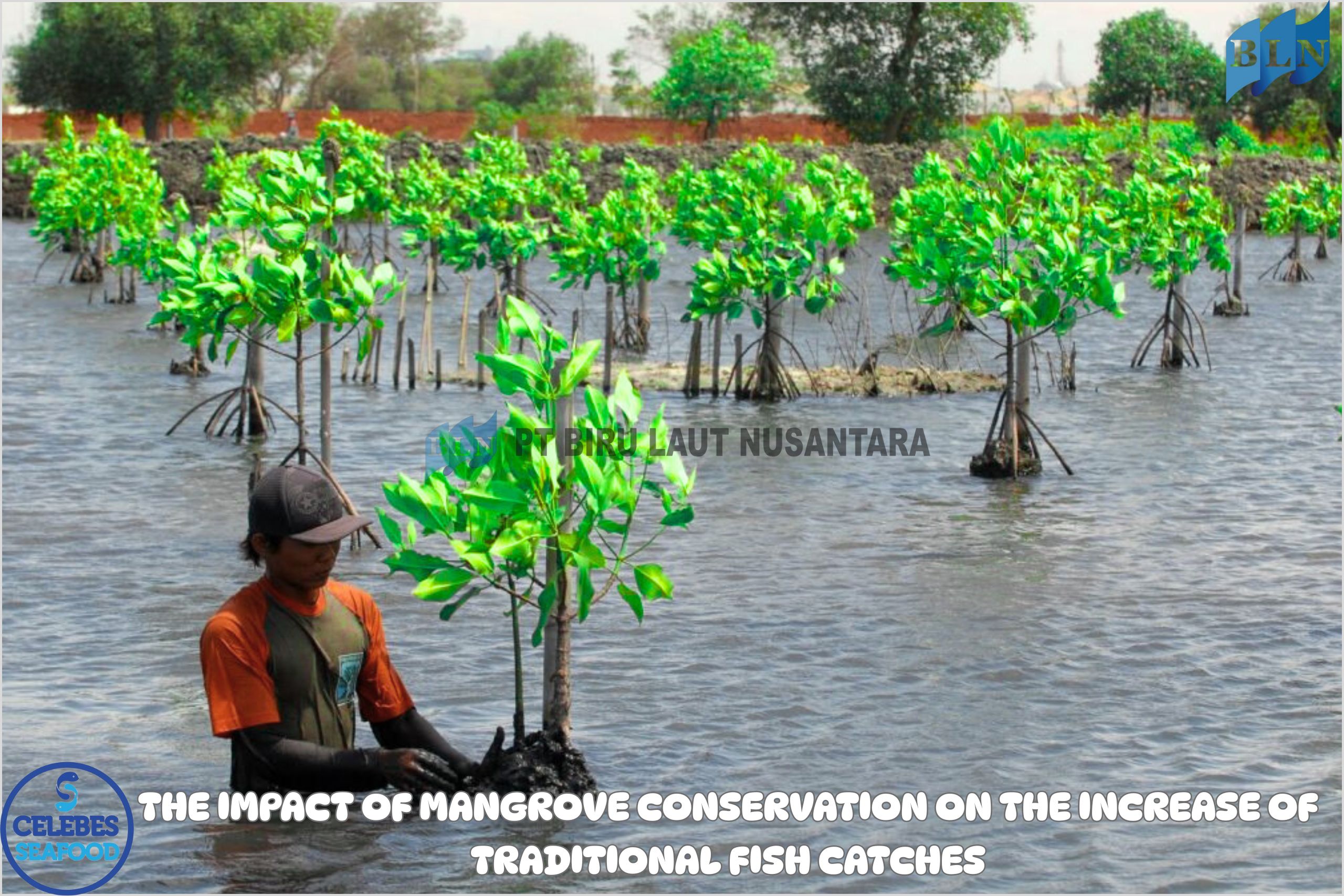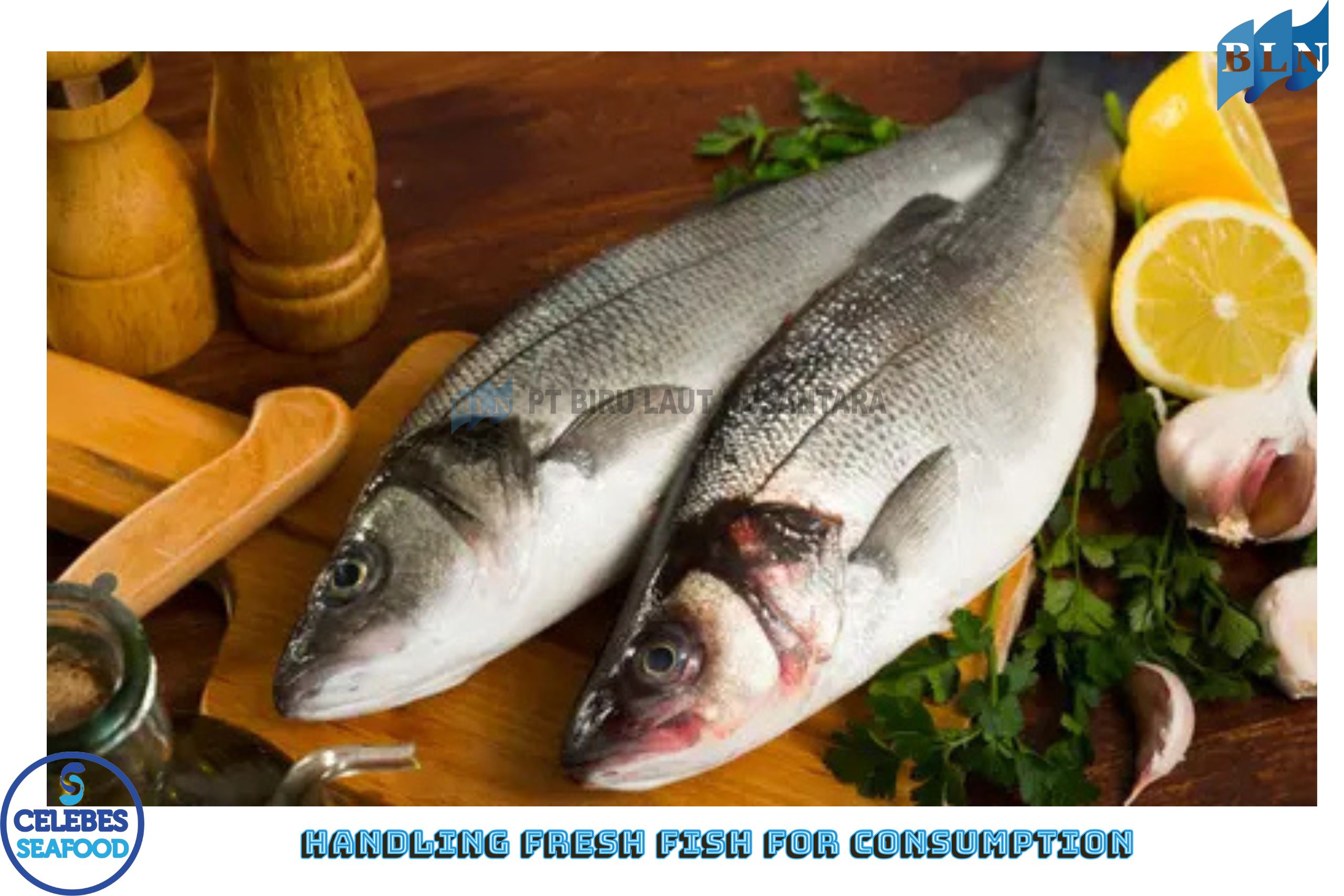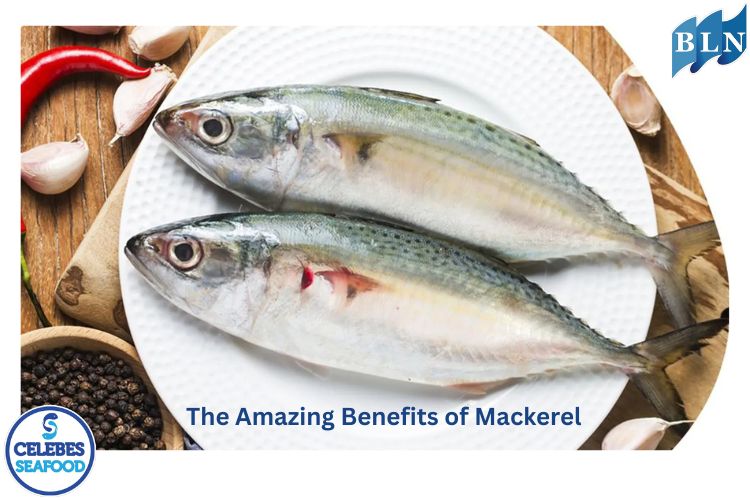The Impact of Mangrove Conservation on the Increase of Traditional Fish Catch
By. Azizah - 08 May 2025
lautnusantara.comMangrove conservation plays a vital role in supporting the productivity of traditional fisheries. Mangroves function as nursery grounds, spawning sites, and food sources for various economically valuable fish species. This article analyzes the positive impact of mangrove ecosystem conservation on the increase in traditional fish catches in Indonesia's coastal areas, particularly in the context of sustaining the local fishing economy.
Introduction
Mangrove ecosystems are one of the most biodiverse and ecologically valuable coastal forest types. In addition to protecting shorelines from erosion, mangroves provide critical habitats for various aquatic organisms, including fish that serve as the main livelihood for traditional fishers. However, in recent decades, mangrove degradation due to land conversion, aquaculture expansion, and coastal development has threatened the sustainability of fishery resources.
This study aims to explore how mangrove conservation efforts directly impact traditional fish catches and the welfare of coastal communities.
Methodology
This study employs a qualitative-descriptive approach using case studies from several coastal villages in Indonesia that have implemented mangrove conservation programs, such as in Demak Regency (Central Java), the eastern coast of North Sumatra, and Berau Regency (East Kalimantan). Data were collected through in-depth interviews with fishers, field observations, and secondary data analysis from conservation institutions and local fisheries agencies.
Results and Discussion
1. Ecological Functions of Mangroves for Fish
Mangrove forests provide shelter and food sources for juvenile fish. The dense mangrove roots offer protection from predators, thereby increasing the survival rates of important fish species such as milkfish (Chanos chanos), snappers (Lutjanidae), and groupers (Epinephelus spp). Moreover, fallen mangrove leaves enrich the waters with organic matter, which forms the base of the aquatic food chain.
2. Increase in Fish Catches
A study in Demak Regency showed a 30% increase in fish catches within five years after mangrove rehabilitation programs were implemented. Fishers in the area also reported that the size of the fish caught was larger compared to before the conservation efforts began.
A similar case occurred in Berau, where mangrove conservation areas became an important source for small-scale fisheries, particularly in the harvesting of shrimp, mud crabs, and demersal fish species.
3. Socio-Economic Impact on Fishers
The increase in fish catches has directly contributed to the income of fisher households. Additionally, some coastal communities have developed mangrove ecotourism as an alternative source of income. Conservation activities have also raised community awareness of the importance of sustainable resource management.
Challenges in Conservation
Despite the positive impacts, mangrove conservation still faces several challenges, such as:
-
Pressure from land conversion for aquaculture and settlements
-
Limited funding for rehabilitation
-
Lack of coordination among stakeholders (government, NGOs, communities)
If you are interested in our product SLIPPER LOBSTER WHOLE ROUND, SLIPPER LOBSTER MEAT, Coral Trout Fillet Skin On,OCTOPUS WHOLE CLEANED FLOWER TYPE please do not hesitate to contact us through email and/or whatsapp.


.jpg)
.jpg)




